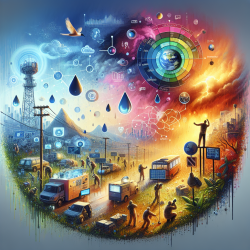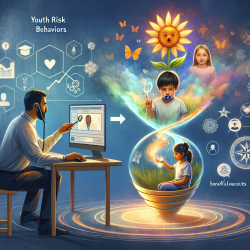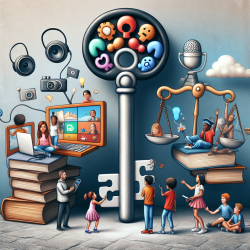Empowering Change: Harnessing Sensor Science for Disaster Response
In the wake of disasters, the health of millions is jeopardized by exposure to a myriad of hazards. The commentary titled "Health Research in the Wake of Disasters: Challenges and Opportunities for Sensor Science" sheds light on the critical role sensor technology can play in disaster research and response. This blog post aims to inspire practitioners to leverage these insights to improve their skills and outcomes in disaster response.
The Challenge of Disaster Research
Disasters expose individuals to chemical, biological, and physical hazards, exacerbating existing vulnerabilities. The National Institute of Environmental Health Sciences (NIEHS) has been at the forefront of developing the Disaster Research Response (DR2) program to address these challenges. However, the lack of cost-effective sensors for exposure assessment remains a significant hurdle.
Opportunities in Sensor Science
The NIEHS workshop "Getting Smart about Sensors for Disaster Response Research" highlighted the need for scalable, reliable, and versatile sensor technologies. These technologies are crucial for timely exposure data collection, which is essential for effective disaster response and research. Practitioners are encouraged to explore these opportunities to enhance their disaster response capabilities.
Implementing Sensor Technology
Practitioners can improve their disaster response strategies by integrating sensor technology into their workflows. Here are some actionable steps:
- Scalability: Deploy low-cost, easy-to-use sensors to gather large-scale exposure data quickly.
- Reliability: Ensure sensors are validated and provide precise, agent-specific measurements.
- Versatility: Utilize portable sensors that can measure multiple hazards in real-time.
Collaboration and Preparedness
Effective disaster response requires collaboration between researchers, practitioners, and communities. Building partnerships with public and private sectors can enhance sensor deployment and data collection efforts. Additionally, pre-approved study designs and rapid funding mechanisms can facilitate timely research during disaster events.
Encouraging Further Research
While current sensor technologies provide a foundation, there is a need for continued research and development. Practitioners are encouraged to engage in hypothesis-driven research to establish exposure-response relationships and improve public health outcomes. By doing so, they contribute to a more resilient society prepared for future disasters.
To read the original research paper, please follow this link: Health Research in the Wake of Disasters: Challenges and Opportunities for Sensor Science.










